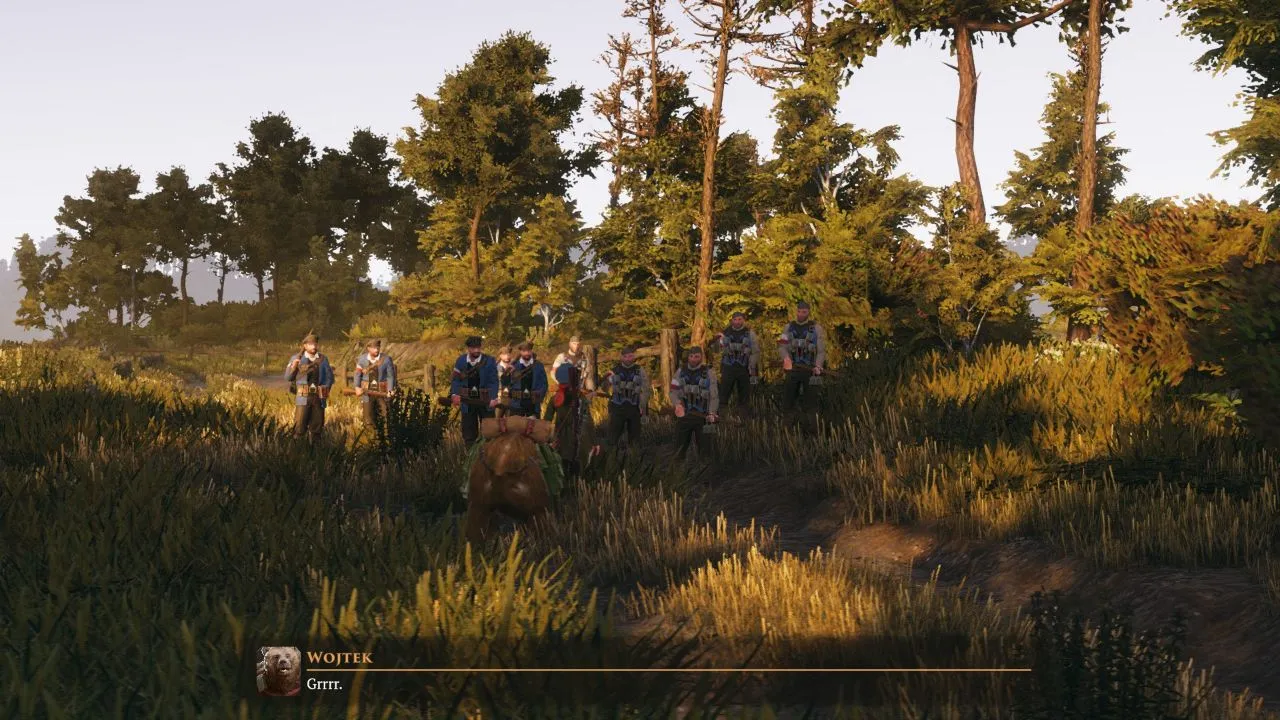
Iron Harvest: A Diamond in the Rough
The real-time strategy (RTS) genre, once a PC gaming titan with classics like Starcraft, Red Alert, and Homeworld, has seen its dominance wane in the face of first-person shooters (FPS) like Call of Duty and Battlefield. This shift, fueled by advancements in 3D graphics and console technology, made developing a “blockbuster” RTS a risky venture, especially for smaller studios. King Art Games, a relatively small German studio, took on this challenge with Iron Harvest, a dieselpunk RTS set in an alternate 1920s. Did they succeed? Let’s delve into the strengths and weaknesses of this ambitious title.
 Iron Harvest – Game Review
Iron Harvest – Game Review
A Compelling Single-Player Campaign
Unlike massive studios with thousands of employees and global networks, King Art Games developed Iron Harvest with a peak team of just 65 people. Led by the young designer Maximilian Kiese, a 2017 graduate, the team crafted a surprisingly impressive single-player experience. The game’s alternate post-World War I setting, rich with dieselpunk aesthetics, provides a compelling backdrop for deep and engaging storylines.
Instead of relying on static images and simple cutscenes, Iron Harvest utilizes high-quality pre-rendered video clips. These cinematics, reminiscent of big-budget productions, enhance storytelling and character development. For instance, the early cutscenes showcasing Anna Kos, the game’s protagonist, subtly convey her strong yet feminine personality. This nuanced portrayal sets the stage for her transformation into a hardened resistance fighter.
 Iron Harvest – Game Review
Iron Harvest – Game Review
The seamless integration of these cutscenes creates a cohesive narrative, making the gameplay itself feel like an extension of the story. Even newcomers to the RTS genre will find the controls and mechanics accessible thanks to a natural, integrated tutorial. Beginning with Anna’s childhood snowball fights and progressing through her training in hunting, players organically learn the game’s interface and core mechanics.
 Iron Harvest – Game Review
Iron Harvest – Game Review
The game unfolds across four extensive campaigns, each representing a different faction based on the board game Scythe. This faction-specific storytelling adds depth and replayability, offering unique perspectives on the game’s world. Unlike games like Age of Empires or Stronghold, which often feature generic unit types, Iron Harvest embraces asymmetry. Each faction boasts distinct units, resources, and strategic approaches, reminiscent of Starcraft and Warcraft. Polania excels in mobile infantry and powerful artillery, while Rusviet wields colossal mechs for devastating close-quarters combat. Saxony, on the other hand, fields heavily armored but slow-moving mechs. This asymmetry, while enriching gameplay, presents a balancing challenge for the developers.
 Iron Harvest – Game Review
Iron Harvest – Game Review
Inspired by Company of Heroes, Iron Harvest achieves a reasonable level of balance, but ongoing updates are essential to refine this aspect further. The game’s mission structure also stands out. Main objectives are designed to be extremely challenging, encouraging players to complete side missions for crucial support. This contrasts with games where side missions are merely optional bonuses. This interconnectedness adds depth and strategic complexity.
 Iron Harvest – Game Review
Iron Harvest – Game Review
Visually, Iron Harvest is stunning, boasting detailed unit models and impressive environments. The Unity engine, while not specifically designed for RTS games, is effectively utilized to create a visceral sense of war. Small details like Anna’s penetrating sniper shots, the devastating area-of-effect of mech mortar fire, and the realistic reactions of troops under attack all contribute to a compelling and immersive experience.
 Iron Harvest – Game Review
Iron Harvest – Game Review
The soundtrack, composed by industry veterans Adam Skorupa (The Witcher 3: Wild Hunt) and Benny Oschmann (Dark Mirror), further elevates the game. The evocative music seamlessly blends with the cinematic presentation, enhancing the emotional impact of the narrative and gameplay. In short, the single-player campaign of Iron Harvest is a remarkable achievement for a small studio.
 Iron Harvest – Game Review
Iron Harvest – Game Review
Multiplayer Struggles and Lingering Issues
Despite its impressive single-player campaign, Iron Harvest suffers from several issues, particularly in its multiplayer component. Faction balance remains a challenge, with each faction’s unique strengths and weaknesses creating uneven matchups. Rusviet, for example, excels in early-game aggression, while Polania’s long-range harassment tactics shine in the mid-game, especially in 2v2 matches.
 Iron Harvest – Game Review
Iron Harvest – Game Review
This imbalance stems partly from the game’s asymmetric design, contrasting with the more symmetrical approach of Company of Heroes, where units across factions have similar functionalities. Adapting this asymmetric design to a new setting with vastly different factions has proven challenging to balance, despite numerous patches.
 Iron Harvest – Game Review
Iron Harvest – Game Review
Furthermore, Iron Harvest is plagued by lingering bugs, such as cutscenes losing audio and pathfinding issues that trap units. These seemingly minor problems detract from the overall experience. The game’s ambition, while laudable, reveals the limitations of a small studio tackling such a large project.
 Iron Harvest – Game Review
Iron Harvest – Game Review
Conclusion
Iron Harvest presents a compelling single-player experience, showcasing impressive storytelling, engaging gameplay, and stunning visuals. However, its multiplayer component struggles with balance issues and lingering bugs. While it shows great potential, Iron Harvest remains a diamond in the rough, requiring further polish to fully realize its ambitions.





Comments (0)